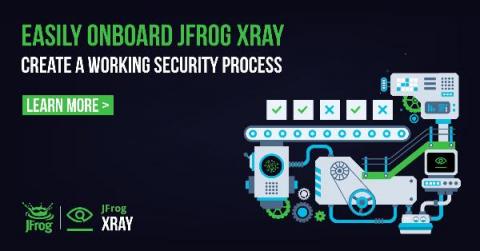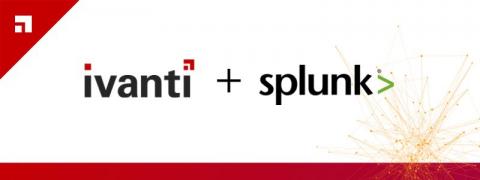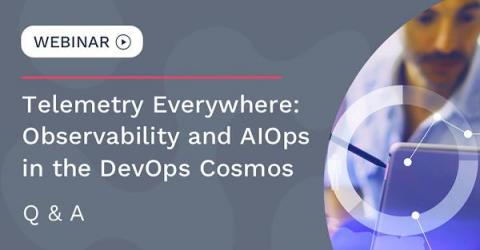6 Tips for better ROI on IT Service Catalog Implementation
We hate waiting. In a world that somehow always seems to run short of time, nobody wants to wait. No queues. No delayed flights. We can’t even stand hold music anymore. (Hours of looped music to get my internet connection fixed? No thanks!)











